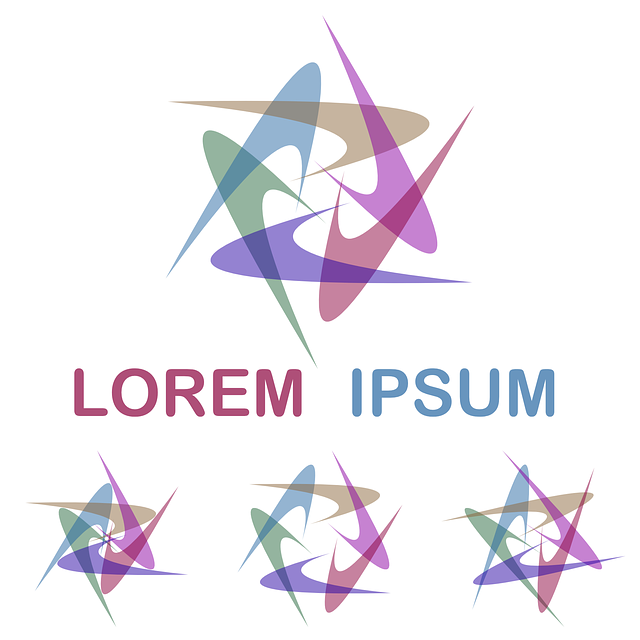Adept recently performed a thorough rebranding. Our entire company image, from our website to our portals, from our documents to our tagline, from our corporate clothing to our professional bodies’ site information. Yet along with all these visual changes arose a few other elements: unity, purpose, direction and drive. Our experiences have left us thinking back on the process and considering how one could do it near-flawlessly, right from the start.
1. Rebranding is as much mental as it is visual
Because a rebrand affects every work aspect and every department, it is vital to achieve a company-wide state of mind in line with the end goals. There is no better way to do this than by communicating to and involving everyone. Use your staff pool as a community geared towards a set achievement. While you’re at it, make mention of specific requirements and see which team members surprise you by offering their hidden talents.
Rebranding is a massive undertaking with the potential to permanently change the entire face and public image of a company. Treat it as such and don’t take it lightly, and accept that all staff need to comprehend just how vital a project it is. And above all, make sure that the rebranding dovetails with your strategic outlook for the company’s future.
2. Set firm responsibilities
Choosing the key stakeholders and decision-makers in advance can mitigate many unnecessary delays during the process. Ideally, treat this as a scenario with multiple managed projects, and ensure that the individuals in charge of each project have the required knowledge and trust to make the right choices, with the organisation’s best interests at heart.
If high-level decisions are to require additional consideration, it benefits the entire process to have the leaders making those calls rapidly available.
3. Outsource where needed
Not every organisation possesses all the necessary talents to perform a complete rebrand internally. In addition, you need to balance what they can do with whether or not it is operationally feasible to take time away from their standard work in order to perform rebranding tasks.
There are multitudes of experts out there who specialise in each associated task, be it graphic design, digital marketing, website development or brand strategy. Even if it’s purely a short time spent consulting with you, they can and will spot elements you are likely to overlook. Their suggestions and skills can both shorten your rebranding turnaround time and add value to the final outcome. In order to take full advantage of this, however, it is essential to interact with them often and in a meaningful manner. Keeping each other abreast of developments and requirements fosters a healthy progress pace.
It is also beneficial to source opinions from more than one external source before deciding which one to commit to. Once a commitment has been reached, though, the onus is on both parties to keep to all the terms.
4. Ask for feedback
Whenever a task is completed, communicate the results to your staff, and ask for their opinions. Whether they agree with you, and whether you ultimately decide to heed their say, the constant interaction is doubly productive.
Firstly, it offers the opportunity for others to spot what your team may have missed. Many pairs of eyes are better suited to examining fine detail. In the case of a public-facing component, such as a new website, it allows more people to test the component’s functionality and visual impact. In the case of operational elements, it is critical that you expose all to them. Staff will thus be familiar with how they will integrate.
Secondly, asking for as much feedback as possible fosters a healthier, more positive organisational culture. While the varying opinions may not sway decision-makers, allow all employees to their say regarding how they feel the rebranding plans will turn out.
5. Have all rebranding elements ready before going live
It’s usually the small loose ends that are the most frustrating to tie up. And yet, these are among the more critical ones.
There are some elements whose rebranding you can happily defer to a later stage. Make sure you identify these. Subsequently, notify your team that no efforts need to be made towards them until after the implementation stage. By the same token, avoid going live if there are any client-facing elements not yet ready to roll out. A good project management approach is key to handling the nuances, so make sure this is in place before commencing.
While we had a stack of fun during the process, we also had to learn a lot about these operations. We now view such efforts (and their associated experts) with renewed respect. It’s a big deal!

